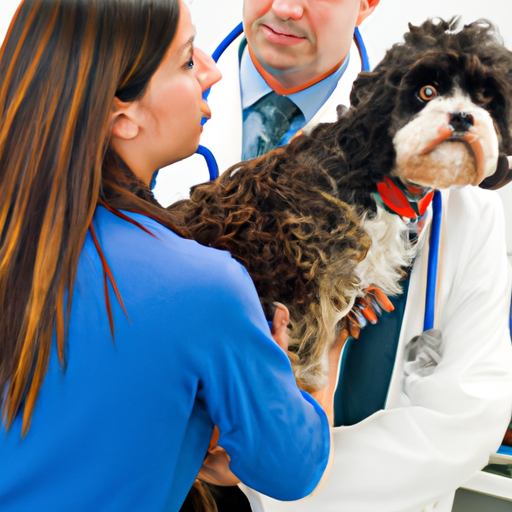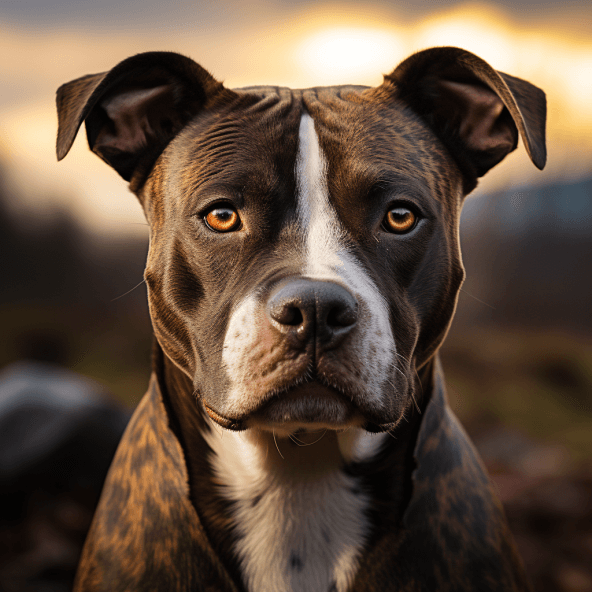How Long Do Dogs Stay In Heat?
Are you curious about how long dogs stay in heat? It’s a common question for anyone who may be considering breeding their pet or who might be dealing with an unspayed female for the first time.
Typically, canines go through their heat cycles twice a year, around every six months. Each heat cycle lasts approximately two to four weeks, with a noticeable difference in behavior and physical symptoms at different stages. It’s important to note that the timing and duration can vary widely between different breeds and individual dogs.
Understanding Dog Heat Cycles
Hey there, dog owners! Are you finding it hard to understand your beloved pet’s heat cycle? It’s an essential part of the canine life that everyone should be aware of. So, let’s break it down!
The basics of canine estrous cycle
The estrous cycle, also known as ‘heat,’ is the dog’s breeding cycle. It starts when your dog becomes sexually mature, usually around six months old, depending on the breed. Your female dog will experience this cycle on average twice a year.
Breaking down the four stages of a dog’s heat
There are four parts to a dog’s heat cycle – proestrus, estrus, diestrus, and anestrus. These stages are each unique, with different behaviors, physical changes, and durations.
Timeline of a Dog’s Heat
Let’s talk about canines’ answer to female human menstruation now!
Signs signaling the beginning of the cycle
How will you know when your dog’s heat cycle has begun? She may act more nervous or agitated, and you may also notice physical signs such as a swollen vulva and a bloody discharge.
How long each stage generally lasts
On average, each cycle lasts for about 3 weeks, but this may vary. Proestrus usually lasts 9 days, estrus from 3 to 21 days, diestrus about 60 days, and anestrus approximately 2 to 3 months.
Proestrus Stage
Now to the proestrus stage!
Characteristics of the proestrus stage
This first stage is when your dog’s body is preparing for potential pregnancy. She’ll start attracting males but isn’t ready to mate yet. Expect some spotting or bleeding during this time.
Common behavior changes during this stage
Your dog might experience mood changes like becoming more clingy or more aggressive than usual. She also may urinate more frequently – marking her territory and sending signals to male dogs.
Estrus Stage
Next up, estrus!
Identifying signs of the estrus stage
During the estrus stage, the bleeding subsides, and your dog will be ready to breed. You might notice a color change in her discharge – from red to straw-colored.
Dog behaviors to look for during estrus
This stage is when your dog can become pregnant. Her behavior might change in that she may allow males to approach and might even show flirty behavior towards them.

Diestrus Stage
Now, let’s dig into the diestrus stage!
Identifying the diestrus stage
In the diestrus stage, your dog is no longer interested in mating. If she has not been bred, her body will begin to return to its normal state, and if she has been successfully mated, diestrus is the gestation period.
Behavioral changes during the diestrus stage
During this stage, you’ll probably see your pet return to her normal self. If she is pregnant, you’ll observe the physical changes associated with pregnancy.
Anestrus Stage
Last but not least, the anestrus stage!
Understanding the anestrus stage
Anestrus is the final stage of the cycle, a period of sexual inactivity. Your dog’s body gets a break and her reproductive system gears up for the next cycle.
Dog’s behavior during the anestrus stage
During this phase, you won’t notice any signs of heat, and your dog’s behavior will be entirely normal.
Breed Variations in Heat Cycles
Does breed matter when it comes to heat cycles? Absolutely!
How breed sizes impact heat schedules
Typically smaller breeds might start their first cycle younger and have more cycles per year, while larger breeds may start later and have fewer cycles per year.
Specific breed examples and their heat cycles
Take the Basenji, for instance, this breed typically only goes into heat once a year, compared to the Beagle that has a cycle about twice a year.
Managing Your Dog’s Heat Cycle
getting through your dog’s heat can be manageable and less of a chore with a few tips and tricks.
Things to avoid during your dog’s heat
Keep your female dog away from male dogs to avoid unwanted pregnancies. Avoid rigorous exercise as it may cause discomfort, and opt for shorter, more frequent walks.
How to make your dog more comfortable during heat
Make sure she has a comfortable space, like a dog bed or blanket. And remember, patience is key! She’s going through a lot, so show her some extra love and attention.
Health Implications of the Heat Cycle
You should always be aware of the potential health implications of the heat cycle.
Possible complications during a dog’s heat
The most common complications are unintended pregnancies and false pregnancies. Occasionally, dogs may suffer from physical problems, like infection of the uterus.
Long-term effects of the heat cycle on health
Long term, intact females can develop a severe uterine infection called pyometra. Also, dogs that aren’t spayed are at a higher risk for mammary cancer.
Debunking Common Myths about Dogs in Heat
Finally, let’s debunk some myths!
Myth 1: A dog should have a litter before she’s spayed
A common myth is that a dog should have a litter before being spayed. This is not true, and it can actually increase health risks.
Myth 2: Dogs in heat are always aggressive
Not all dogs become aggressive when in heat. Some might, but changes in behavior can vary widely from dog to dog.
Myth 3: Dogs in heat cannot be trained
Another myth is that you can’t train dogs when they’re in heat. While it might be more challenging, this is entirely doable. Remember, patience and consistency are key.
In conclusion, understanding your dog’s heat cycle might seem complex but is essential for your pet’s health and happiness. So, take note, and be the best pet parent you can be!






